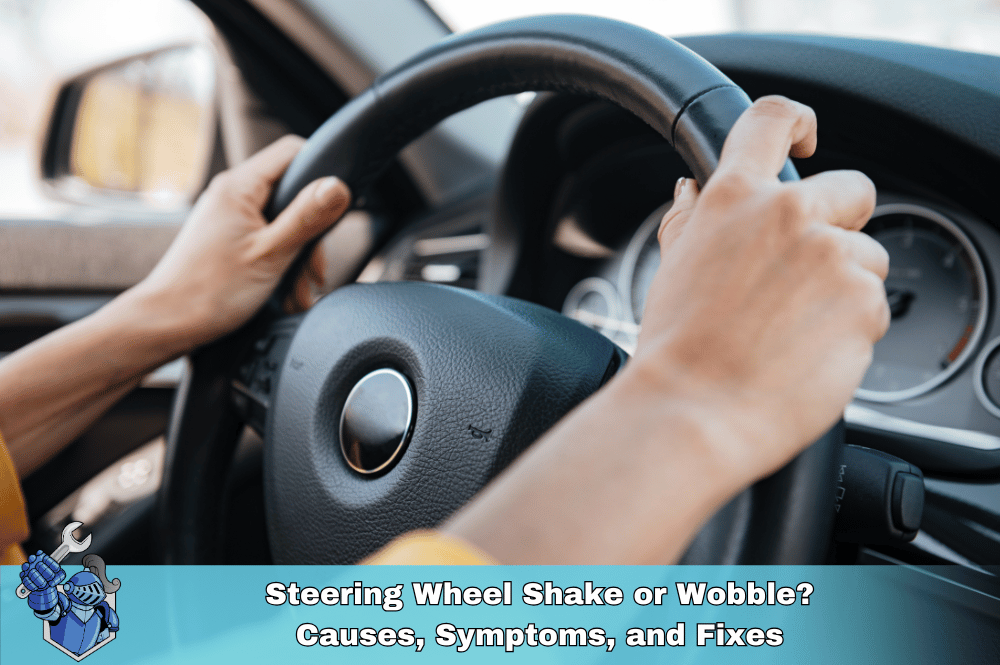A software-defined vehicle (SDV) is a car in which core functions—like braking, steering, infotainment, and diagnostics—are controlled by software rather than just mechanical systems. This enables over-the-air updates and improved performance over time.
There was a time when understanding your car meant listening for odd noises or watching for smoke. But in today’s connected, software-driven world, your car is talking—a lot—and if you know how to listen, it could save you thousands in car repair costs, extend your vehicle’s life, and protect your personal data.
Modern vehicles are more than engines and wheels. They're rolling computers packed with sensors, chips, and code. From Advanced Driver Assistance Systems (ADAS) to telematics and digital twins, the invisible language your car speaks is becoming central to both safety and finances. This article will walk you through what your car is saying, how to understand it, and why decoding this digital language is key to smart, proactive ownership.
The Rise of the Software-Defined Vehicle
Let’s start with the core concept: What is a software-defined vehicle? Unlike traditional vehicles that rely solely on mechanical components, software-defined vehicles (SDVs) use embedded software systems to control everything from braking to infotainment. With dozens of Electronic Control Units (ECUs), modern cars are more complex than ever—some boasting over 100 million lines of code.
Your engine, transmission, steering, and even your headlights are now likely managed by a combination of ECUs and Transmission Control Units (TCUs), all communicating via CAN bus systems. This level of hardware-software integration transforms your car into a responsive, adaptable machine—but also introduces new challenges and costs.
Understanding Car Software and Why It Affects Repairs
Today, car diagnostics aren't just about reading the check engine light. Your car constantly generates and stores vehicle data through its sensors. Mechanics plug into your car’s OBD-II port to access fault codes, a process known as remote diagnostics.
This software-driven setup means:
- Repairs often require software patches, not just part replacements
- Diagnosing issues can take longer and require more training
- Car software updates cost money at many dealerships
- Failing to update software can lead to recurring problems
So how car software affects repairs is no longer a side note—it’s the main event. And for owners, this digital complexity can translate to higher car repair costs if not properly managed.
The Power of Predictive Maintenance
One of the most transformative developments in modern car features is predictive maintenance. Unlike routine maintenance schedules that guess when things might fail, predictive tools monitor real-time data—brake pad wear, fluid levels, engine temperature—and alert you before problems arise.
This technology uses car sensor data analysis to:
- Reduce breakdowns
- Extend part lifespans
- Lower long-term costs
It’s not just a gimmick. According to McKinsey & Company, predictive maintenance can reduce maintenance costs by 20% and unplanned downtime by 50% in commercial fleets.
For individual drivers, that means more peace of mind and fewer wallet surprises.

Vehicle Health Monitoring: The New Dashboard
Think of your vehicle health monitor as a Fitbit for your car. From tire pressure to battery charge, it's quietly gathering data and sending it to your dashboard—or even your phone.
So, how does vehicle health monitoring work?
- Sensors detect abnormal readings (like overheating)
- Data is sent to your car’s ECU
- The ECU processes and relays that information to you via alerts
- Some systems even send diagnostics to your repair shop in real-time
This transparency empowers you, the consumer, to make decisions before the problem becomes expensive.
What Are Over-the-Air (OTA) Updates?
If you've ever updated your smartphone overnight, your car might be doing the same thing. Over-the-air updates are wireless software patches sent from the automaker directly to your car.
What happens during a car software update?
- Bug fixes for performance or safety issues
- Feature upgrades, like improved navigation
- Security patches to reduce vehicle cybersecurity risks
But do car software updates fix problems? Sometimes. Not all issues are solvable via software, but OTA updates can prevent larger problems from developing.
The downside? Many owners ignore or delay these updates, unknowingly driving with outdated systems and exposing themselves to automotive cybersecurity threats.
The Hidden Cost of ADAS and Smart Car Tech
ADAS systems like lane-keeping assist, collision avoidance, and adaptive cruise control sound like luxury features—and they are. But their repair costs can be astronomical. A cracked windshield in a car with ADAS sensors might require recalibration costing over $1,000.
How do ADAS systems work and impact your wallet?
- Rely on cameras, radar, and LiDAR to interpret surroundings
- Sensors must be perfectly aligned
- Post-collision recalibrations are expensive and often required
- Insurance claims may not fully cover recalibration
Impact of ADAS on repair costs is one of the least understood but most important realities of modern car ownership. These systems make driving safer but significantly increase both insurance premiums and out-of-pocket costs if not covered under a vehicle protection plan.

Decoding Check Engine Lights and Diagnostic Messages
Gone are the days when a check engine light simply meant “go to a mechanic.” Now, the codes can be read at home using inexpensive OBD-II scanners or through your car’s own infotainment display.
How do I understand my car’s diagnostic messages?
- P-codes (like P0420) indicate specific system faults
- Your vehicle’s manual or app may explain them
- Some codes are urgent, others are minor
- Early action prevents compounding failures
Understanding car diagnostic codes doesn’t make you a mechanic, but it gives you negotiating power and helps you avoid unnecessary repairs.
The Security Side: Can Your Car Be Hacked?
Can a car’s computer be hacked? Unfortunately, yes.
Automotive cybersecurity is a growing concern, especially as more vehicles use cloud-based systems, V2X communication, and rely on IoT connectivity. Hackers could exploit unsecured systems to:
- Remotely control features
- Steal personal data
- Disable or lock key functions
This is why vehicle cybersecurity risks are now a major focus for automakers and why consumers should take updates and privacy notices seriously.
What Is a Car’s Digital Twin?
In advanced systems, automakers create a digital twin—a real-time, virtual copy of your vehicle that tracks performance and health.
What is a car’s digital twin?
- Mirrors all mechanical and software components
- Updates in real-time based on your vehicle’s behavior
- Helps manufacturers test scenarios before launching updates
- Can support predictive maintenance and faster diagnostics
It’s cutting-edge tech typically seen in high-end or fleet vehicles, but expect it to trickle down fast as data-driven maintenance becomes mainstream.
What Kind of Data Does Your Car Collect?
Is my car collecting data on me? Yes—and a lot of it.
Depending on your vehicle model and features, your car may be tracking:
- GPS location
- Speed and acceleration
- Seatbelt use
- Smartphone connections
- Maintenance habits
This raises questions about data privacy, consumer empowerment, and even data monetization. Some manufacturers offer to share profits from anonymized data, while others use it to optimize products.
As a consumer, stay informed and always read your vehicle’s privacy disclosures.
How This All Affects Your Wallet (and What to Do)
Understanding your car's invisible language isn't just for gearheads. It's for anyone who wants to:
- Avoid unnecessary repairs
- Catch issues before they become expensive
- Lower insurance premiums by reducing risk
- Increase resale value with a solid maintenance record
- Protect personal data and system integrity
Proactive car care is the new oil change. With the right approach and tools, today's tech-heavy cars can be cheaper to own, safer to drive, and less stressful—if you're paying attention.
Ready to Get Smarter About Vehicle Protection?
At Noble Quote, we believe knowledge is your best defense—and your wallet’s best friend. That’s why we offer access to vehicle service contracts that help offset the rising costs of modern repairs. From sensor replacements to software diagnostics, we’ve got you covered.
Explore more at our Learning Center to dive deeper into how to protect your car—and your budget—in the software-defined era.
Understanding Modern Car Tech: Answers to the Questions Drivers Are Really Asking
What is a software-defined vehicle?
How does car software affect maintenance costs?
Modern car software adds complexity to diagnostics and repairs. Fixes often require both hardware and software solutions, meaning higher labor costs and more specialized service, which can raise your total maintenance expenses.
Why is automotive cybersecurity important?
Automotive cybersecurity protects vehicles from hacking and data breaches. As more cars become connected through the cloud and mobile apps, strong cybersecurity is essential to protect your personal data and driving safety.
How can predictive maintenance save me money?
Predictive maintenance uses real-time sensor data to identify issues before they cause breakdowns. By addressing problems early, you reduce the risk of expensive emergency repairs and extend your vehicle’s lifespan.
What kind of data does my car collect?
Your car may collect data such as location, speed, driving habits, seatbelt use, and even smartphone activity. This data is used for diagnostics, safety systems, and sometimes shared with manufacturers or third-party services.
What are over-the-air (OTA) updates for cars?
OTA updates are wireless software patches sent from the manufacturer to your vehicle. They can improve performance, add new features, fix bugs, and enhance security—without needing a visit to the dealership.
How do ADAS systems work and impact my wallet?
Advanced Driver Assistance Systems (ADAS) use sensors, cameras, and radar to aid in driving tasks. While they enhance safety, they also increase repair costs, especially after accidents, due to the need for calibration and part replacement.
What is a car’s digital twin?
A digital twin is a virtual replica of your vehicle that continuously updates based on real-time performance data. It’s used by automakers to simulate, test, and improve diagnostics, leading to faster and more accurate service.
How do I understand my car’s diagnostic messages?
Use an OBD-II scanner or your vehicle’s app to read diagnostic trouble codes. These codes explain specific issues within the car’s systems, allowing you or a mechanic to address problems accurately and quickly.
Can a car’s computer be hacked?
Yes, a car’s onboard computer systems can be hacked if cybersecurity measures are weak or outdated. Regular software updates and secure connections are key to preventing unauthorized access and protecting your vehicle’s systems.
Suggestions for you
Read MoreLet’s work together
Every week we showcase three charitable organizations that our donations are sent to. Our clients are able to choose which of these three will receive their gift when they add coverage to their vehicle...

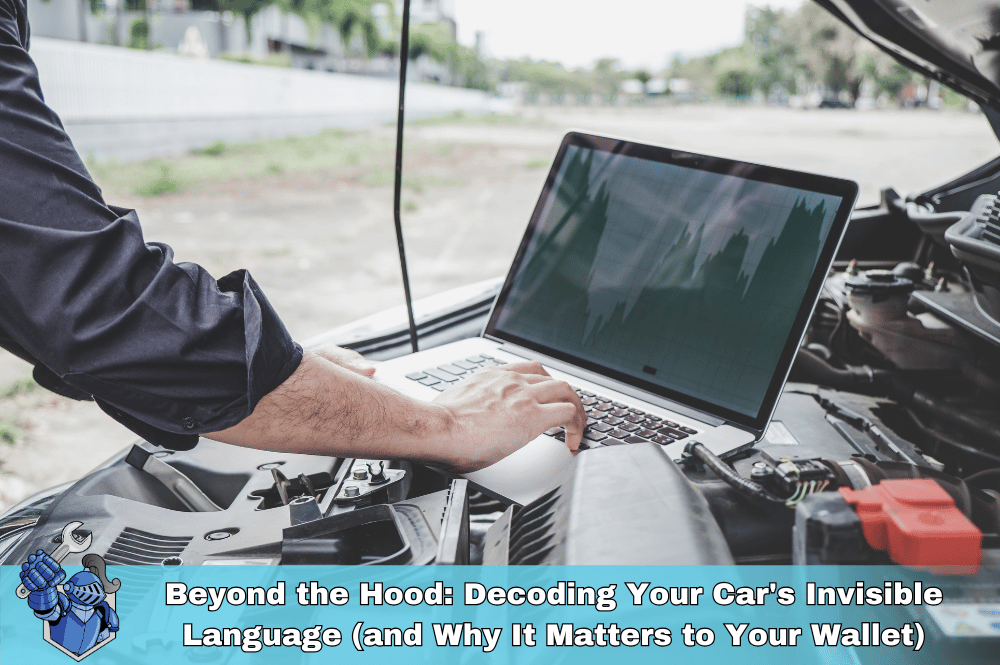
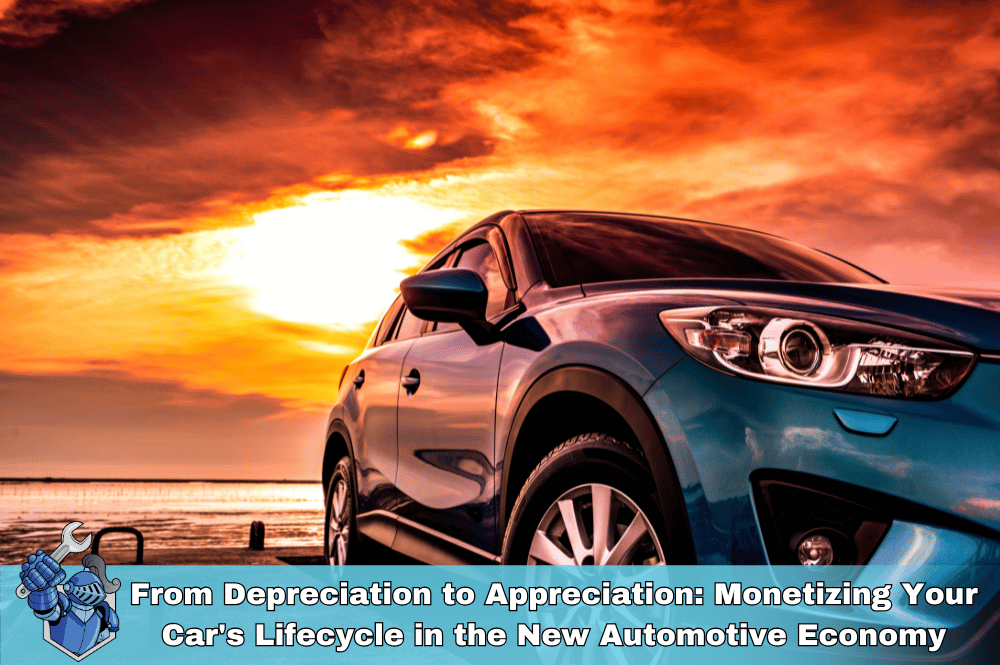 From Depreciation to Appreciation: Monetizing Your Car's Lifecycle in the New Automotive Economy
From Depreciation to Appreciation: Monetizing Your Car's Lifecycle in the New Automotive Economy The Metaverse of Mayhem: How Virtual Driving & AI Simulations Are Rewriting Auto Insurance
The Metaverse of Mayhem: How Virtual Driving & AI Simulations Are Rewriting Auto Insurance Don’t Get Scammed: Why Reading Your VSC Contract is Your #1 Defense
Don’t Get Scammed: Why Reading Your VSC Contract is Your #1 Defense Short Bed vs. Long Bed Trucks: The Ultimate Comparison Guide for 2025
Short Bed vs. Long Bed Trucks: The Ultimate Comparison Guide for 2025 How to Pump Gas: A Complete Step-by-Step Guide for Every Driver
How to Pump Gas: A Complete Step-by-Step Guide for Every Driver The Ultimate Guide to Subprime Auto Financing: Your Path to Car Ownership
The Ultimate Guide to Subprime Auto Financing: Your Path to Car Ownership The Ultimate Hummer H2 Buyer’s Guide: Common Problems, Reliability, and What to Know Before You Buy
The Ultimate Hummer H2 Buyer’s Guide: Common Problems, Reliability, and What to Know Before You Buy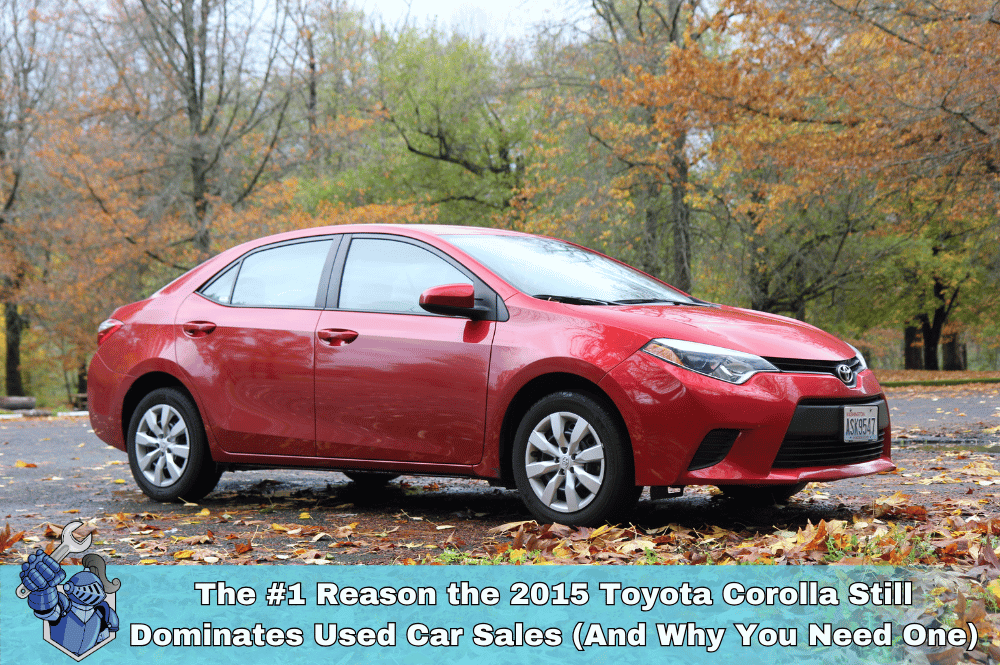 The #1 Reason the 2015 Toyota Corolla Still Dominates Used Car Sales (And Why You Need One)
The #1 Reason the 2015 Toyota Corolla Still Dominates Used Car Sales (And Why You Need One) Stop The Steal: Your Ultimate Guide to Catalytic Converter Theft Prevention
Stop The Steal: Your Ultimate Guide to Catalytic Converter Theft Prevention Don't Miss Out: How to Buy Crypto Before the Next FOMO Wave (2025 Guide)
Don't Miss Out: How to Buy Crypto Before the Next FOMO Wave (2025 Guide) Farmers Auto Insurance: Your Ultimate 2025 Guide to Coverage, Rates & Savings
Farmers Auto Insurance: Your Ultimate 2025 Guide to Coverage, Rates & Savings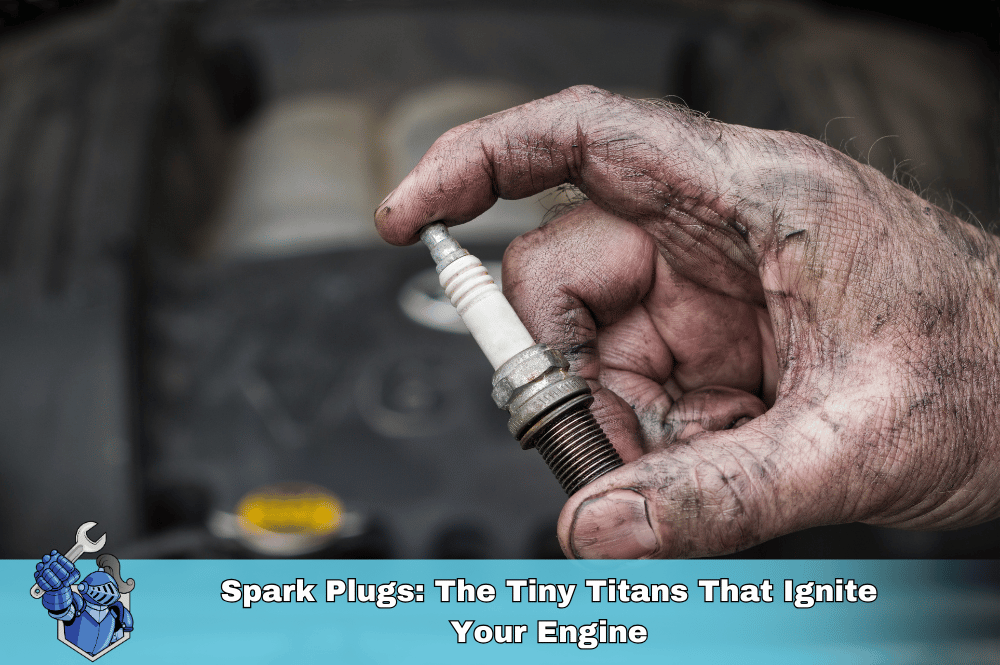 Spark Plugs: The Tiny Titans That Ignite Your Engine
Spark Plugs: The Tiny Titans That Ignite Your Engine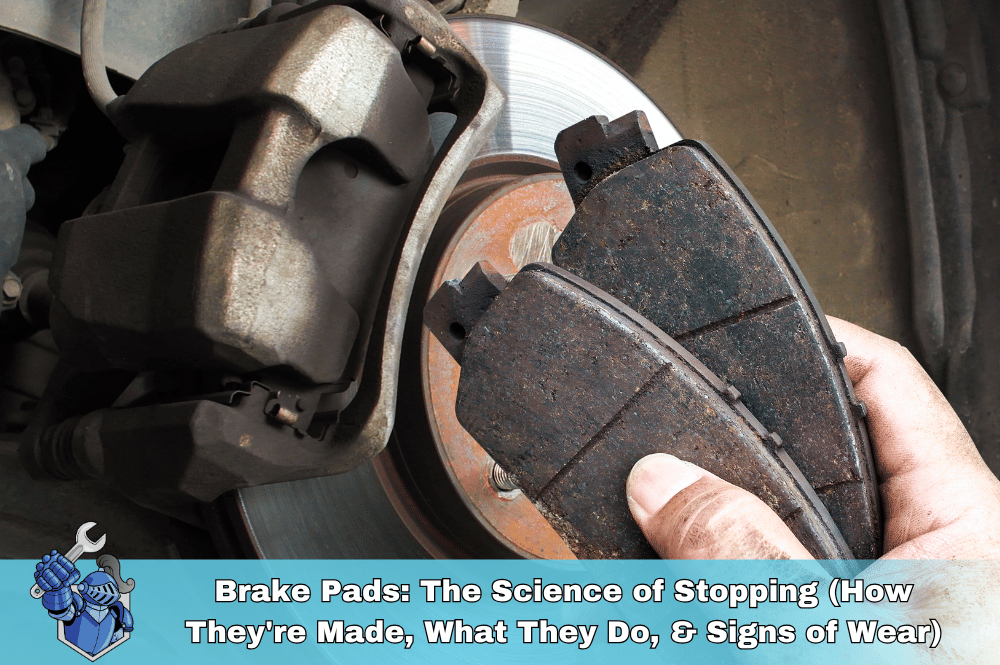 Brake Pads: The Science of Stopping (How They're Made, What They Do, & Signs of Wear)
Brake Pads: The Science of Stopping (How They're Made, What They Do, & Signs of Wear) The Ultimate Showdown: Car Broker vs. DIY Car Buying – Which Path Saves You More?
The Ultimate Showdown: Car Broker vs. DIY Car Buying – Which Path Saves You More? Kelley Blue Book Instant Cash Offer: Your Ultimate Guide to Getting Top Dollar for Your Car
Kelley Blue Book Instant Cash Offer: Your Ultimate Guide to Getting Top Dollar for Your Car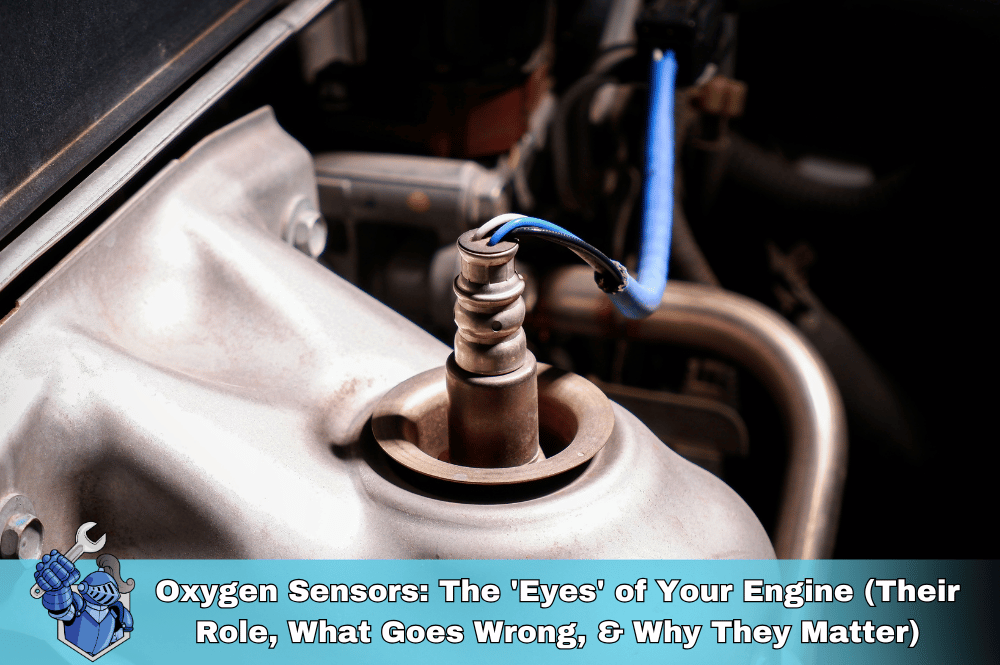 Oxygen Sensors: The 'Eyes' of Your Engine (Their Role, What Goes Wrong, & Why They Matter)
Oxygen Sensors: The 'Eyes' of Your Engine (Their Role, What Goes Wrong, & Why They Matter) Carvana vs. Traditional Dealerships: The Ultimate Showdown for Your Next Car Purchase
Carvana vs. Traditional Dealerships: The Ultimate Showdown for Your Next Car Purchase Full Tort vs. Limited Tort Auto Insurance: The Ultimate Guide to Protecting Your Rights & Payout
Full Tort vs. Limited Tort Auto Insurance: The Ultimate Guide to Protecting Your Rights & Payout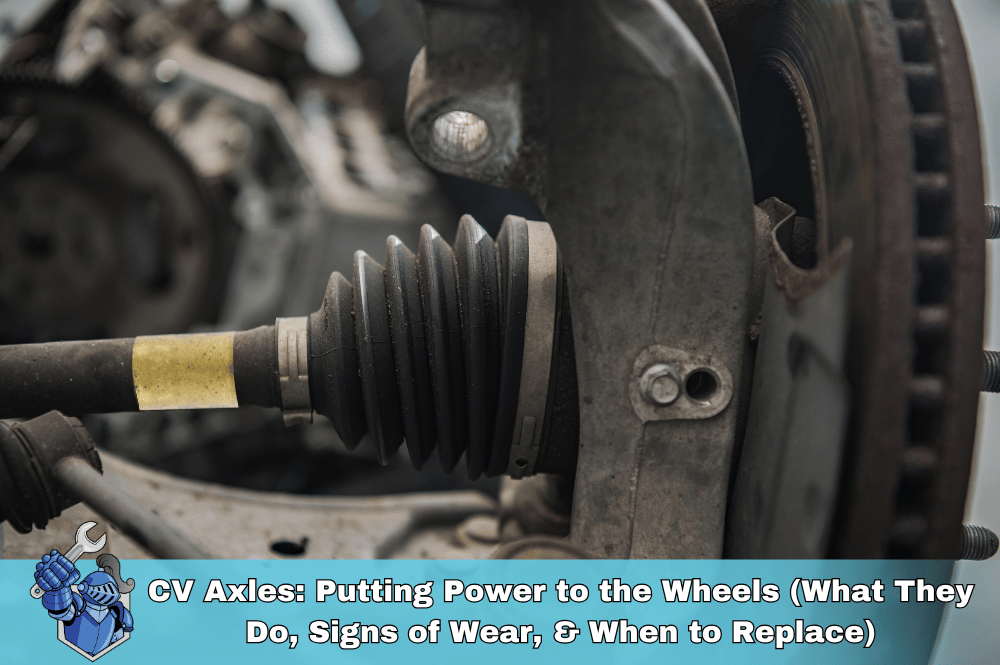 CV Axles: Putting Power to the Wheels (What They Do, Signs of Wear, & When to Replace)
CV Axles: Putting Power to the Wheels (What They Do, Signs of Wear, & When to Replace) 10 Essential Car Prep Tips for Your Family’s Epic Summer Road Trips (2025 Edition)
10 Essential Car Prep Tips for Your Family’s Epic Summer Road Trips (2025 Edition)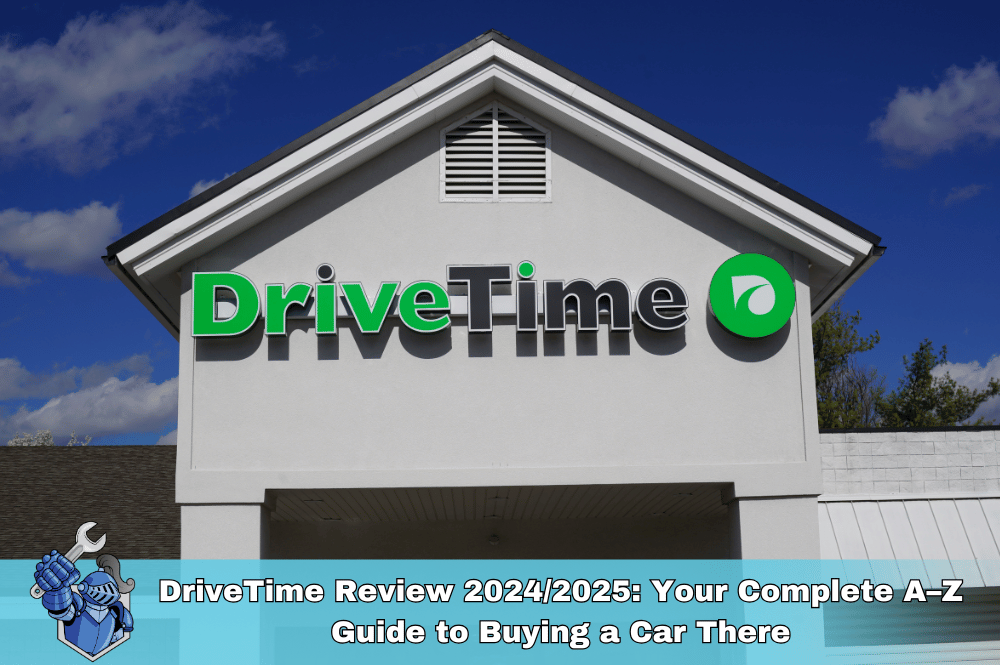 DriveTime Review 2024/2025: Your Complete A–Z Guide to Buying a Car There
DriveTime Review 2024/2025: Your Complete A–Z Guide to Buying a Car There Rideshare Riches: How Much Can YOU Really Earn Driving for Uber & Lyft in 2025?
Rideshare Riches: How Much Can YOU Really Earn Driving for Uber & Lyft in 2025?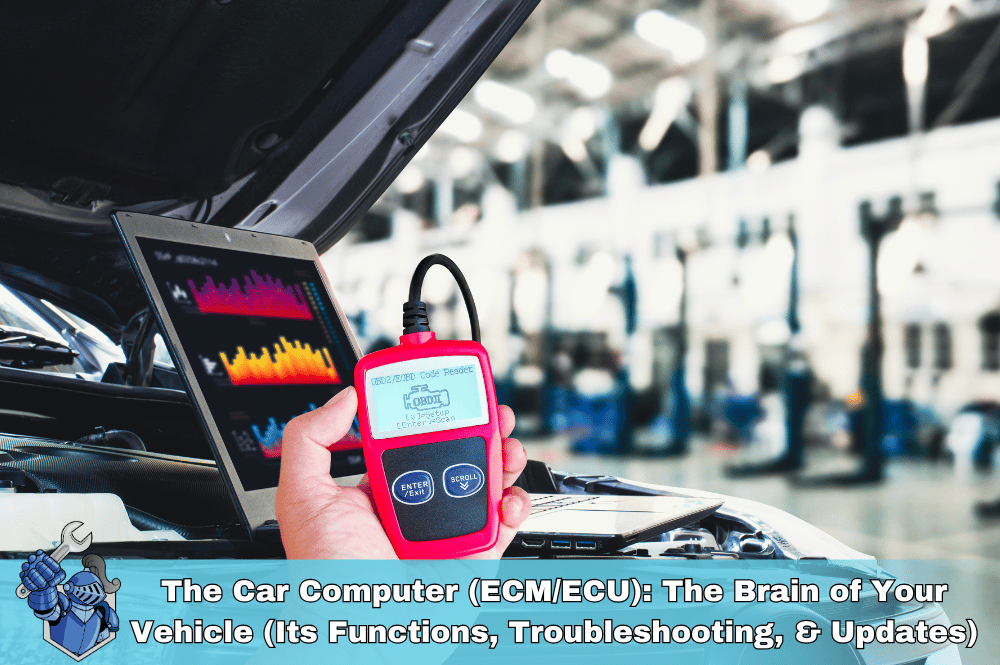 The Car Computer (ECM/ECU): The Brain of Your Vehicle (Its Functions, Troubleshooting, & Updates)
The Car Computer (ECM/ECU): The Brain of Your Vehicle (Its Functions, Troubleshooting, & Updates) The Ultimate Truck/SUV Beach Driving Guide: Prep, Safety, & Post-Sand Care
The Ultimate Truck/SUV Beach Driving Guide: Prep, Safety, & Post-Sand Care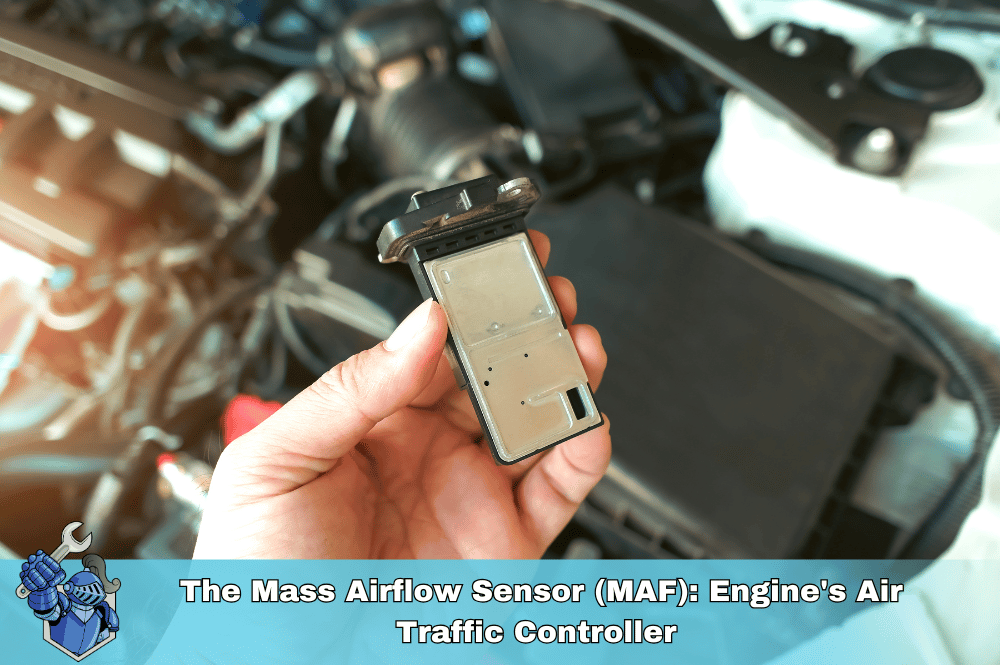 The Mass Airflow Sensor (MAF): Engine's Air Traffic Controller (Function, Symptoms of Failure, & Cleaning)
The Mass Airflow Sensor (MAF): Engine's Air Traffic Controller (Function, Symptoms of Failure, & Cleaning) The Reigning Champion: Why the 2025 Ford Ranger is North America's Truck of the Year
The Reigning Champion: Why the 2025 Ford Ranger is North America's Truck of the Year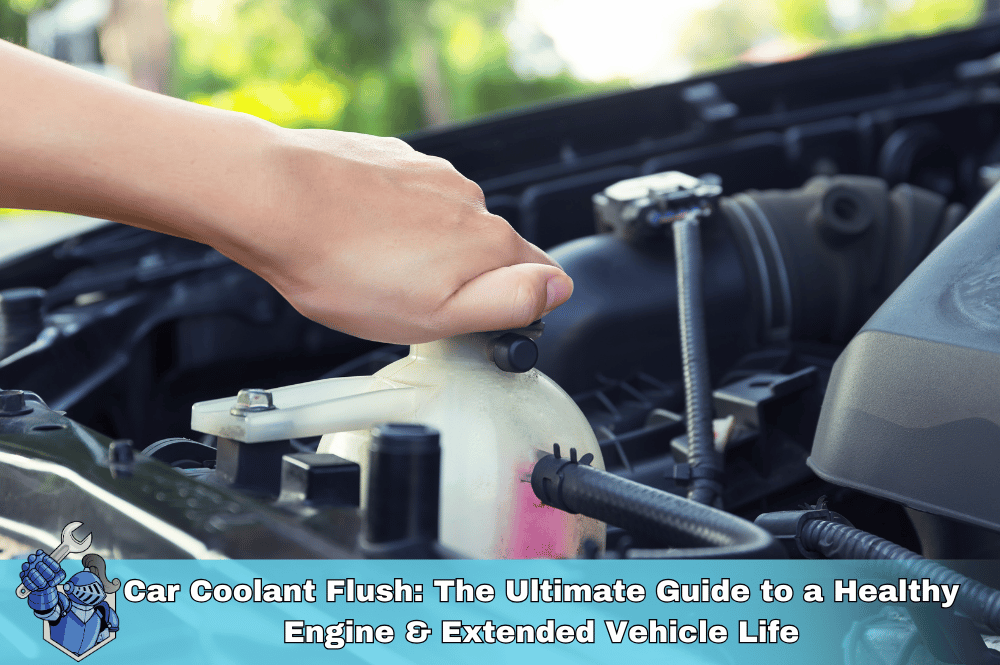 Car Coolant Flush: The Ultimate Guide to a Healthy Engine & Extended Vehicle Life
Car Coolant Flush: The Ultimate Guide to a Healthy Engine & Extended Vehicle Life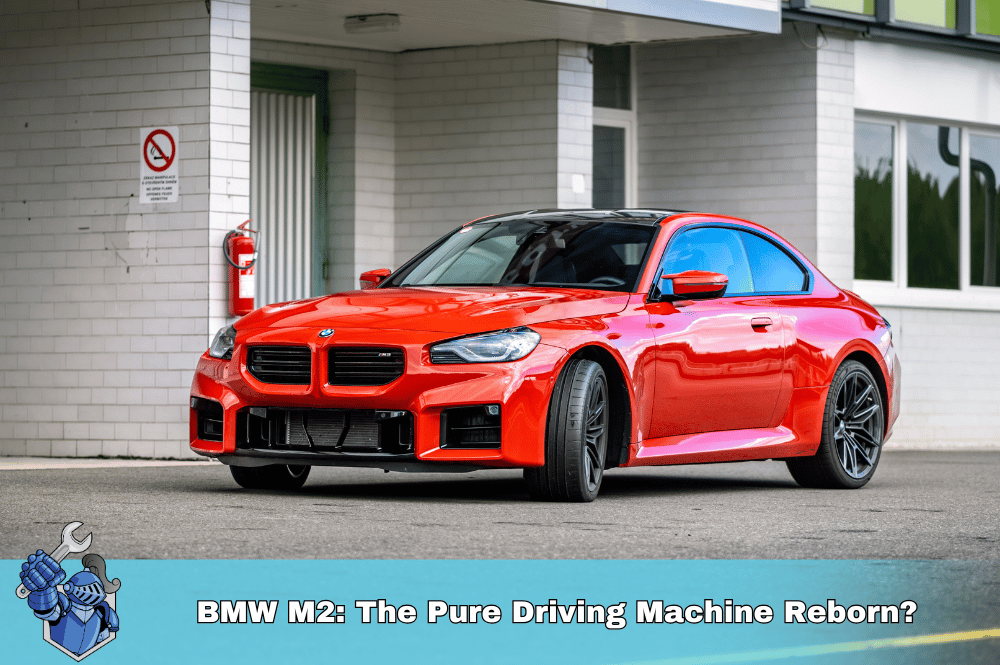 BMW M2: The Pure Driving Machine Reborn?
BMW M2: The Pure Driving Machine Reborn? Serpentine Belt: Powering Your Car's Accessories (Its Job, Signs of Wear, & Replacement)
Serpentine Belt: Powering Your Car's Accessories (Its Job, Signs of Wear, & Replacement) The Ultimate Protection Plan: How Life Insurance Drives Your Family’s Future
The Ultimate Protection Plan: How Life Insurance Drives Your Family’s Future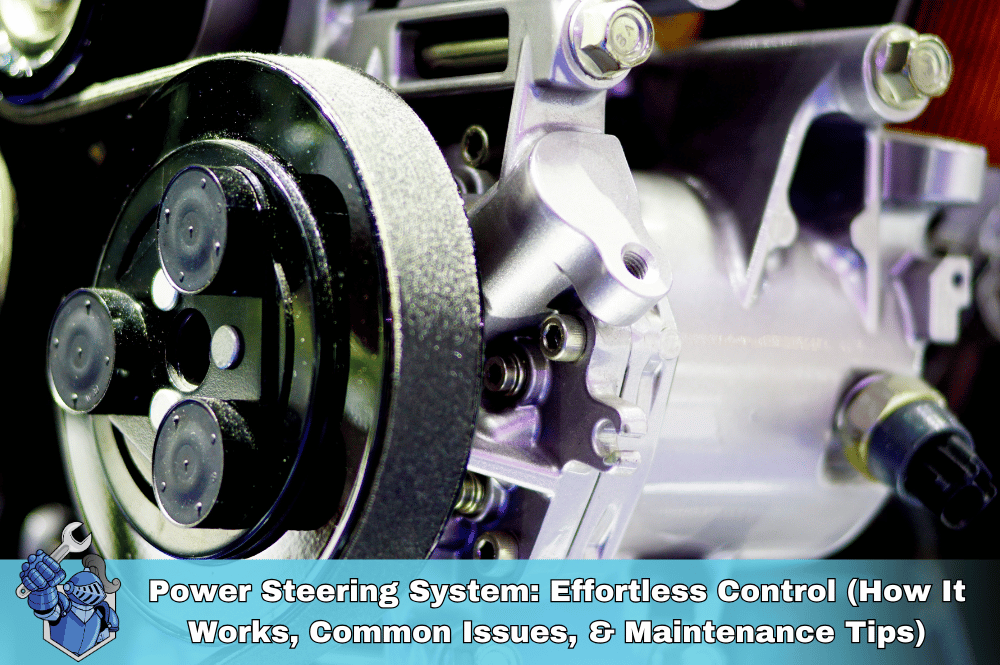 Power Steering System: Effortless Control (How It Works, Common Issues, & Maintenance Tips)
Power Steering System: Effortless Control (How It Works, Common Issues, & Maintenance Tips) End-of-Month Car Deals: Myth or Money-Saver?
End-of-Month Car Deals: Myth or Money-Saver? NobleQuote.com Presents: American National Auto Insurance – Your Complete Guide
NobleQuote.com Presents: American National Auto Insurance – Your Complete Guide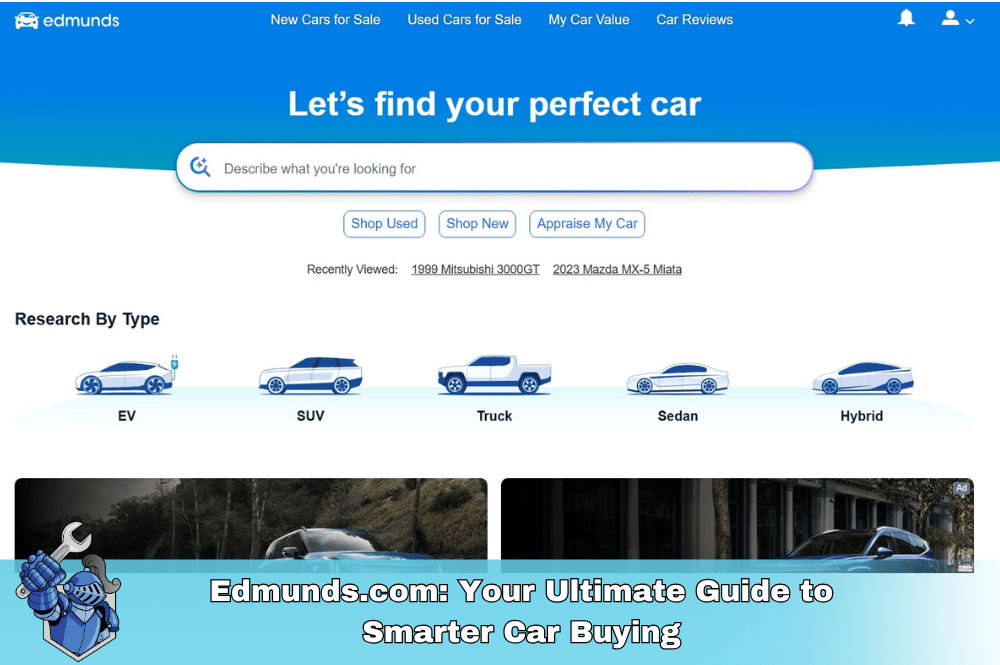 Edmunds.com: Your Ultimate Guide to Smarter Car Buying
Edmunds.com: Your Ultimate Guide to Smarter Car Buying The Definitive Guide to Frank Martin's Cars in The Transporter Series
The Definitive Guide to Frank Martin's Cars in The Transporter Series Pre-Existing Conditions and Home Warranties: What You Need to Know Before You Buy
Pre-Existing Conditions and Home Warranties: What You Need to Know Before You Buy Why Your Car Insurance is Skyrocketing in 2025 (and How NobleQuote Can Help)
Why Your Car Insurance is Skyrocketing in 2025 (and How NobleQuote Can Help) The 2025 Toyota Supra: The Grand Finale of a Legend?
The 2025 Toyota Supra: The Grand Finale of a Legend?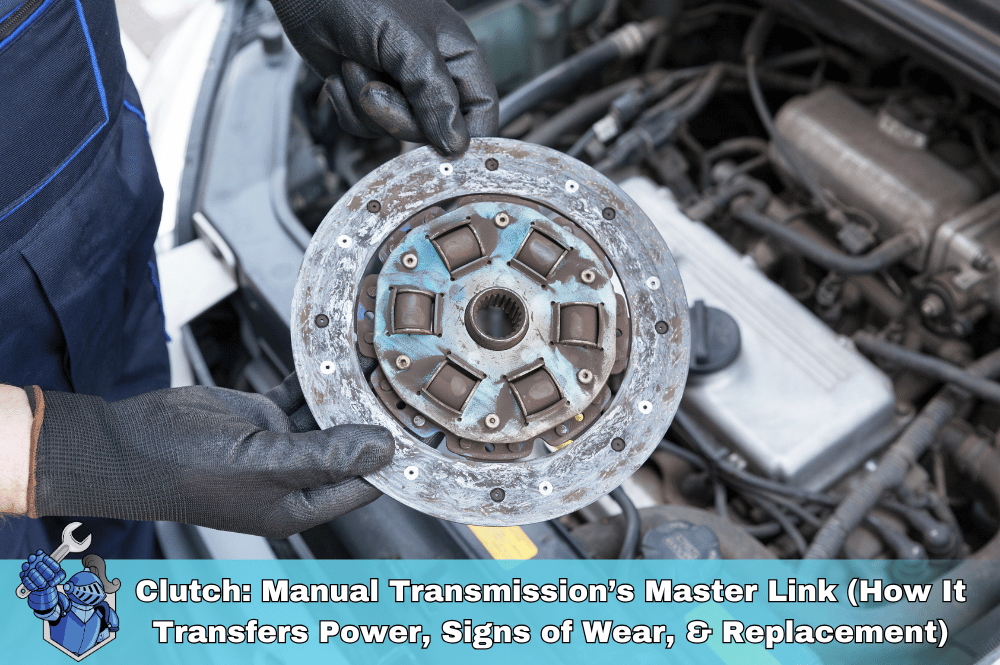 Clutch: Manual Transmission’s Master Link (How It Transfers Power, Signs of Wear, & Replacement)
Clutch: Manual Transmission’s Master Link (How It Transfers Power, Signs of Wear, & Replacement) Teen Driver Car Insurance Costs & Strategies: How to Get Affordable Coverage for Young Drivers
Teen Driver Car Insurance Costs & Strategies: How to Get Affordable Coverage for Young Drivers Is Your Car Insurance Enough? Unexpected Repairs and the Peace of Mind of a NobleQuote Vehicle Service Contract
Is Your Car Insurance Enough? Unexpected Repairs and the Peace of Mind of a NobleQuote Vehicle Service Contract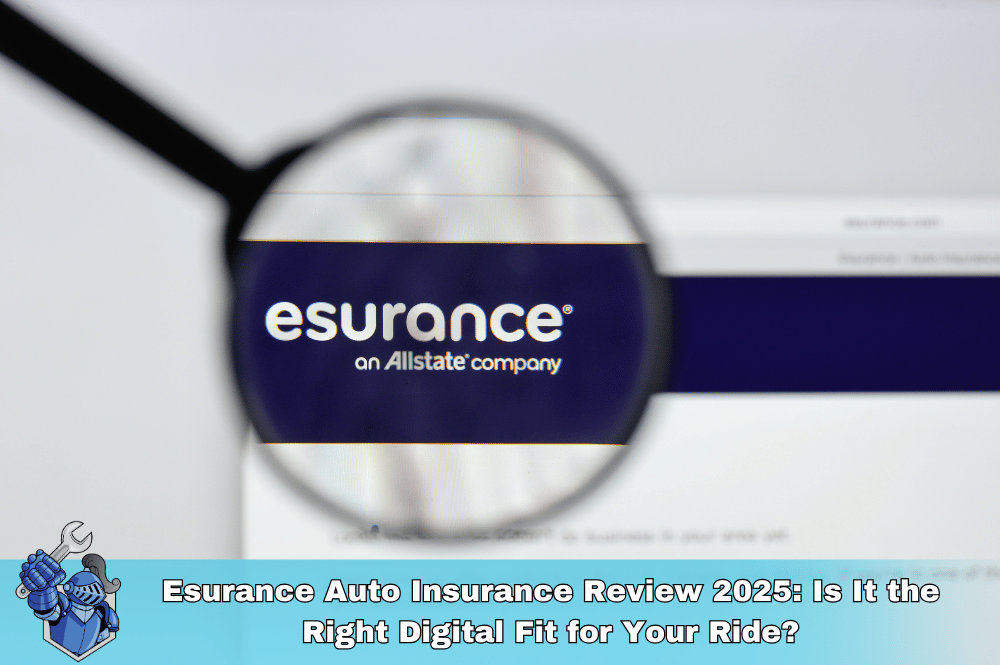 Esurance Auto Insurance Review 2025: Is It the Right Digital Fit for Your Ride?
Esurance Auto Insurance Review 2025: Is It the Right Digital Fit for Your Ride? Cabin Air Filter: Breathing Easy in Your Car (What It Does, Why It Matters, & When to Replace)
Cabin Air Filter: Breathing Easy in Your Car (What It Does, Why It Matters, & When to Replace) Don't Let a Blown Engine Derail Your Life: The Auto Pro's Guide to Disability Insurance
Don't Let a Blown Engine Derail Your Life: The Auto Pro's Guide to Disability Insurance Godzilla’s Reign: Unpacking the Legend of the 5th Gen Nissan GT-R
Godzilla’s Reign: Unpacking the Legend of the 5th Gen Nissan GT-R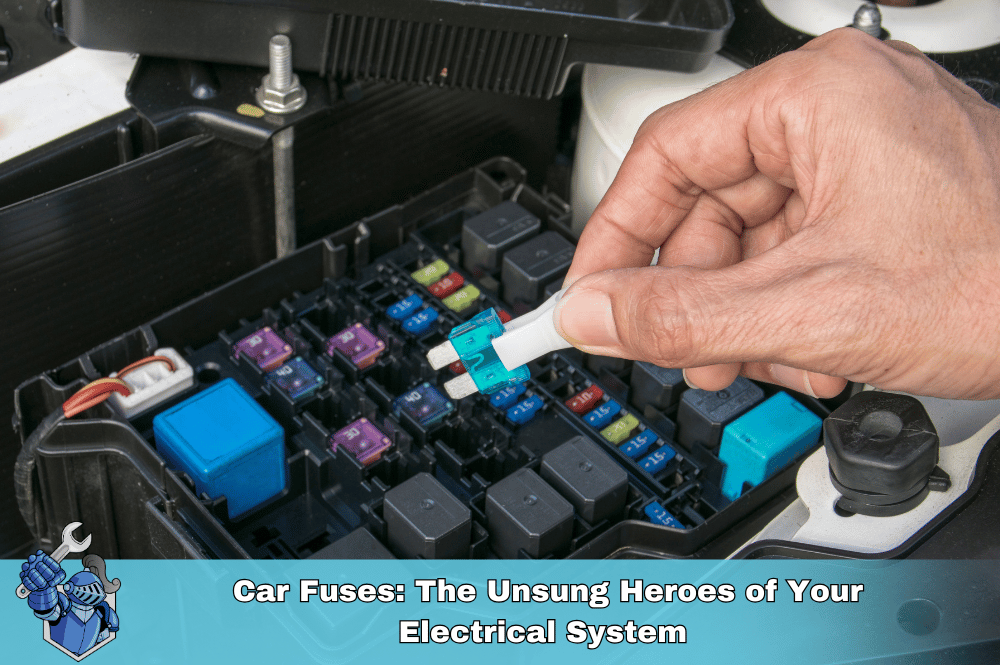 Car Fuses: The Unsung Heroes of Your Electrical System (What They Do, Common Failures, & How to Replace)
Car Fuses: The Unsung Heroes of Your Electrical System (What They Do, Common Failures, & How to Replace) Protect Your Ride & Your Family: Why Northwestern Mutual Life Insurance Matters for Car Owners
Protect Your Ride & Your Family: Why Northwestern Mutual Life Insurance Matters for Car Owners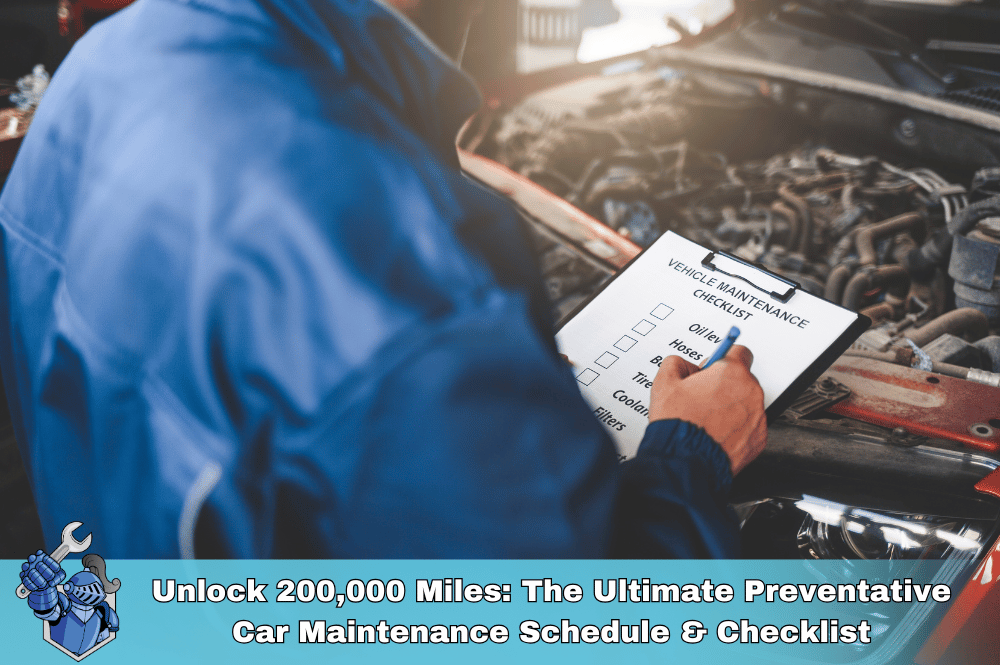 Unlock 200,000 Miles: The Ultimate Preventative Car Maintenance Schedule & Checklist
Unlock 200,000 Miles: The Ultimate Preventative Car Maintenance Schedule & Checklist Scout Motors: The American Icon Reborn for the Electric Age
Scout Motors: The American Icon Reborn for the Electric Age The Ultimate Guide to Cheap Car Insurance: Find Your Lowest Rates in 2025
The Ultimate Guide to Cheap Car Insurance: Find Your Lowest Rates in 2025 How to Replace Wiper Blades: A Step-by-Step DIY Guide (Save Money & See Clearly!)
How to Replace Wiper Blades: A Step-by-Step DIY Guide (Save Money & See Clearly!) The 2025 Automotive Retirement Number: What Auto Pros Need to Save for a Comfortable Ride
The 2025 Automotive Retirement Number: What Auto Pros Need to Save for a Comfortable Ride Unearthing Automotive Gold: The Underrated Used Cars You Need to Buy Now
Unearthing Automotive Gold: The Underrated Used Cars You Need to Buy Now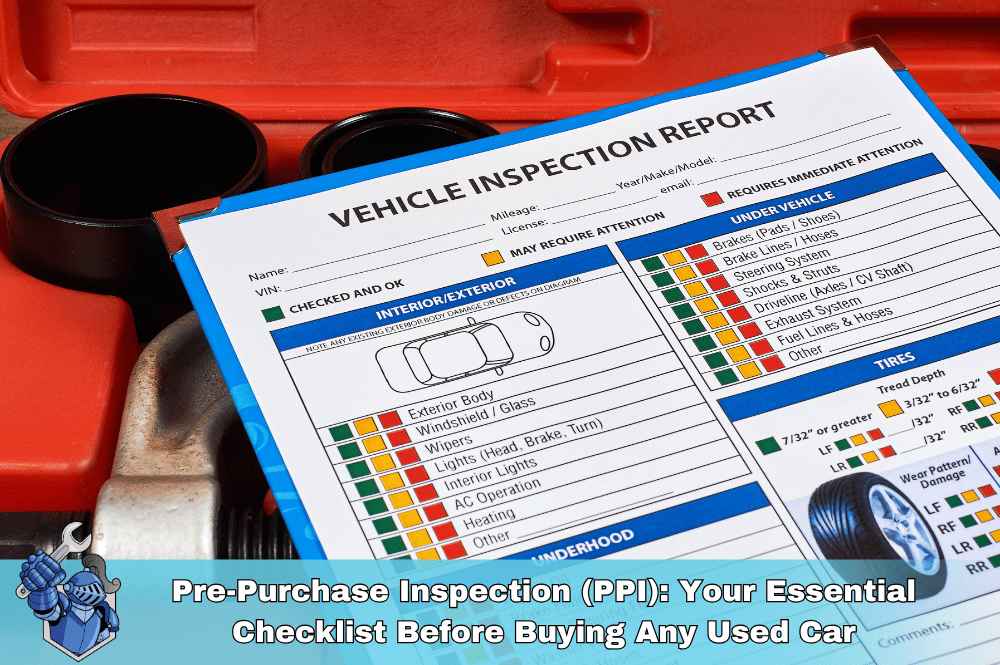 Pre-Purchase Inspection (PPI): Your Essential Checklist Before Buying Any Used Car
Pre-Purchase Inspection (PPI): Your Essential Checklist Before Buying Any Used Car The Last Ride: Why the 2025 Audi A4 is the Ultimate Collectible (and Daily Driver)
The Last Ride: Why the 2025 Audi A4 is the Ultimate Collectible (and Daily Driver) 2025 Corvette ZR1: The Ultimate Guide to Specs, Price, and Performance
2025 Corvette ZR1: The Ultimate Guide to Specs, Price, and Performance Headlight Restoration & Bulb Replacement: The Ultimate Guide to Perfect Car Lighting
Headlight Restoration & Bulb Replacement: The Ultimate Guide to Perfect Car Lighting The Ultimate Guide to Motorcycle Extended Warranties: Is It Worth It for Your Ride?
The Ultimate Guide to Motorcycle Extended Warranties: Is It Worth It for Your Ride? Does Driving for Uber/Lyft/DoorDash Void Your Car’s Warranty? & How to Get Covered
Does Driving for Uber/Lyft/DoorDash Void Your Car’s Warranty? & How to Get Covered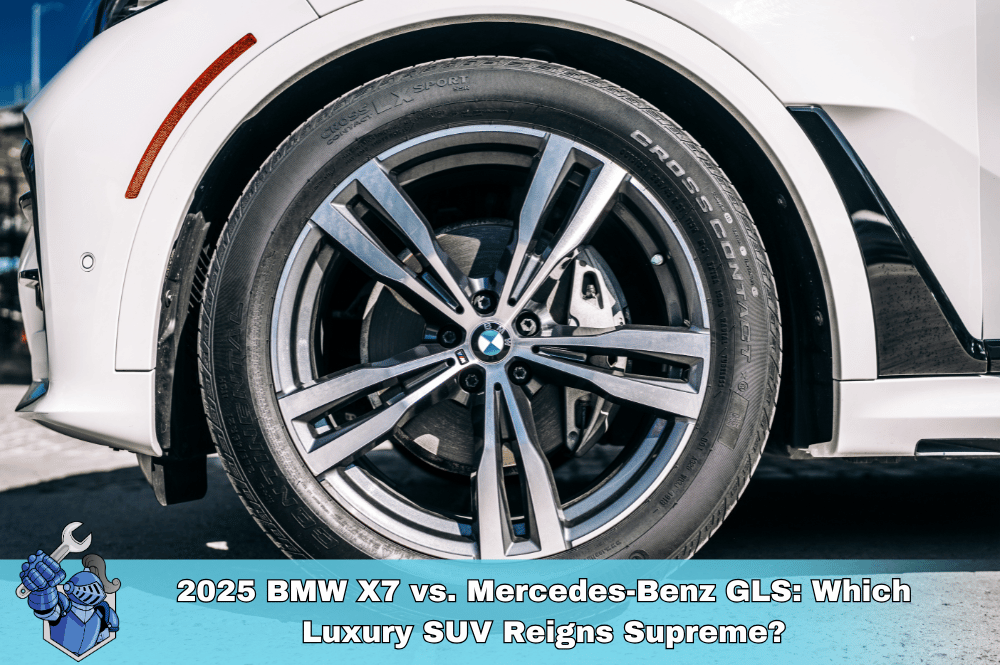 2025 BMW X7 vs. Mercedes-Benz GLS: Which Luxury SUV Reigns Supreme?
2025 BMW X7 vs. Mercedes-Benz GLS: Which Luxury SUV Reigns Supreme? Barbie's Dream Car: The Ultimate EV Conversion? (And Why Even Fantasy Needs a Real Warranty)
Barbie's Dream Car: The Ultimate EV Conversion? (And Why Even Fantasy Needs a Real Warranty)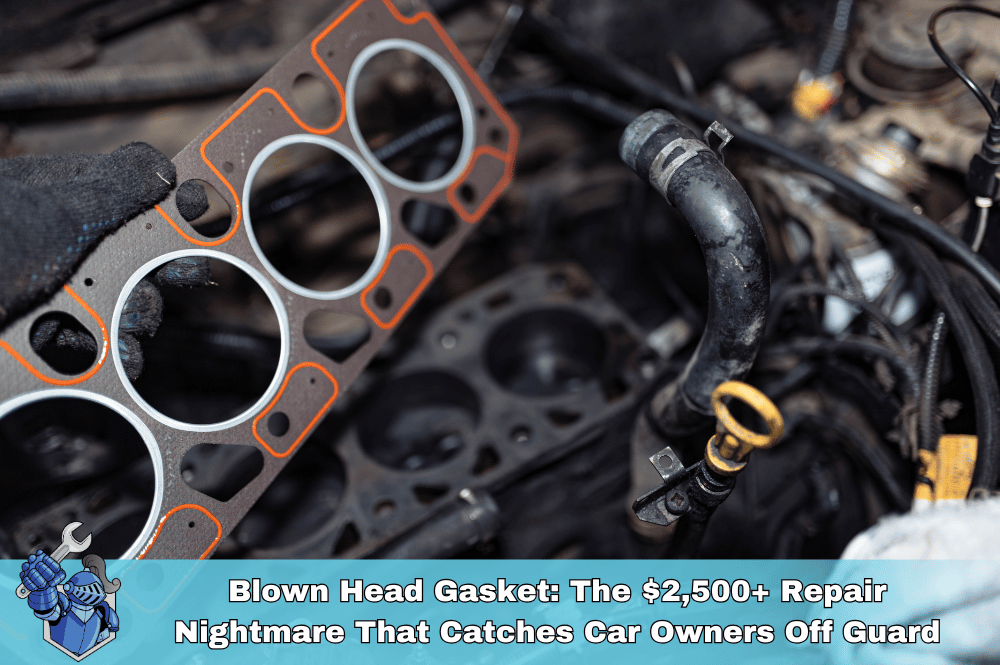 Blown Head Gasket: The $2,500+ Repair Nightmare That Catches Car Owners Off Guard – Learn How to Prepare
Blown Head Gasket: The $2,500+ Repair Nightmare That Catches Car Owners Off Guard – Learn How to Prepare 2025 Cadillac Lyriq Review: The Ultimate Luxury Electric SUV?
2025 Cadillac Lyriq Review: The Ultimate Luxury Electric SUV? New Jersey Car Insurance Laws 2025–2026: Your Essential Guide to What’s Changed & What’s Next
New Jersey Car Insurance Laws 2025–2026: Your Essential Guide to What’s Changed & What’s Next The Ultimate Dodge Viper Guide: All Generations, Specs, & History (1991–2017)
The Ultimate Dodge Viper Guide: All Generations, Specs, & History (1991–2017) Meineke Oil Change: Everything You Need to Know (Prices, Packages, and Why It Matters)
Meineke Oil Change: Everything You Need to Know (Prices, Packages, and Why It Matters)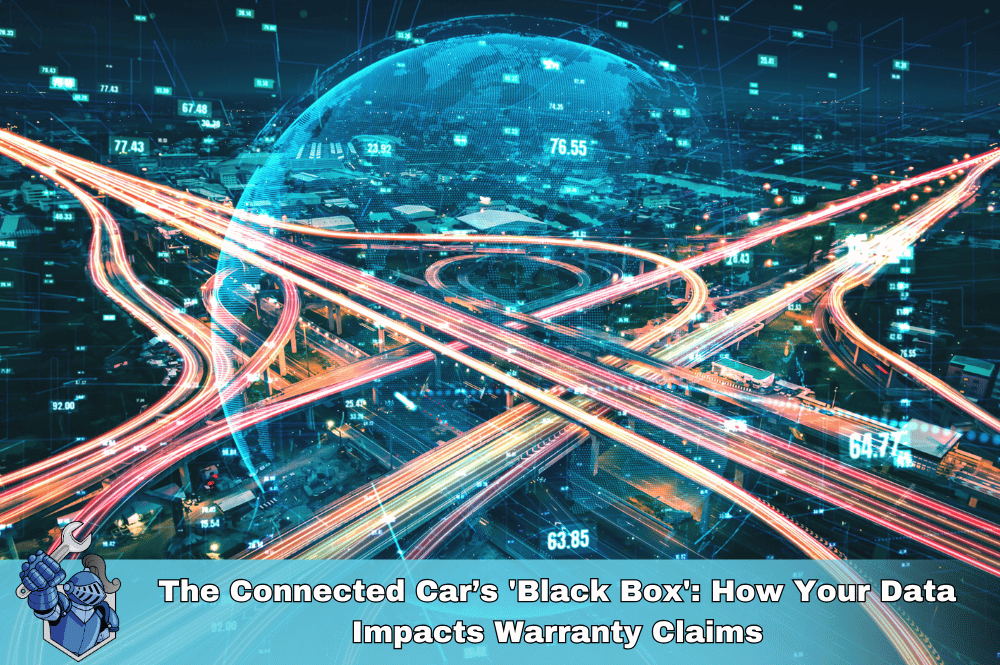 The Connected Car’s 'Black Box': How Your Data Impacts Warranty Claims
The Connected Car’s 'Black Box': How Your Data Impacts Warranty Claims Pep Boys: Your Complete Guide to Auto Parts, Service & Repair (2025 Edition)
Pep Boys: Your Complete Guide to Auto Parts, Service & Repair (2025 Edition) Drive Smarter: Unlock Vehicle Protection with 0% APR Service Contract Payments
Drive Smarter: Unlock Vehicle Protection with 0% APR Service Contract Payments 2025 Harley-Davidson Sportster S: The Ultimate Review & Buyer’s Guide
2025 Harley-Davidson Sportster S: The Ultimate Review & Buyer’s Guide 2025 Porsche Taycan: The Ultimate Guide to Porsche's Electrifying Evolution
2025 Porsche Taycan: The Ultimate Guide to Porsche's Electrifying Evolution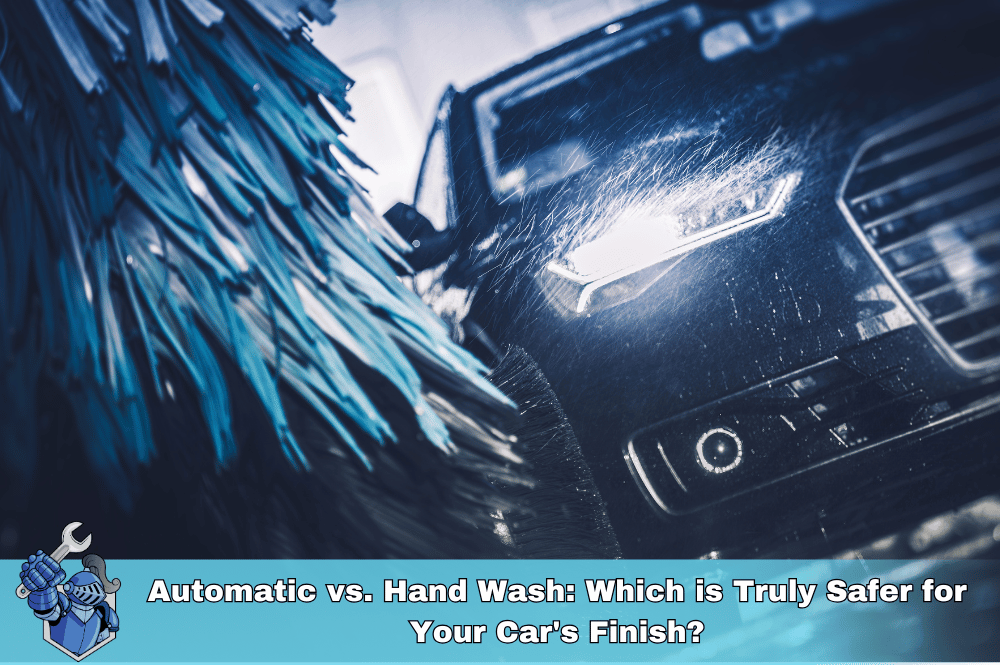 Automatic vs. Hand Wash: Which is Truly Safer for Your Car's Finish?
Automatic vs. Hand Wash: Which is Truly Safer for Your Car's Finish? The Ultimate Toyota RAV4 Guide: Every Generation Explored (1994–Present)
The Ultimate Toyota RAV4 Guide: Every Generation Explored (1994–Present) Homeowners Insurance vs. Home Warranty: A Clear Breakdown for Every Homeowner
Homeowners Insurance vs. Home Warranty: A Clear Breakdown for Every Homeowner Erie Auto Insurance Review 2025: Rates, Discounts, & Why Drivers Choose It
Erie Auto Insurance Review 2025: Rates, Discounts, & Why Drivers Choose It The Ultimate Bentley Bentayga Buyer’s Guide: Every Model, Trim & Real-World Ownership Costs
The Ultimate Bentley Bentayga Buyer’s Guide: Every Model, Trim & Real-World Ownership Costs The Ultimate Lamborghini Urus Buyer's Guide: Every Generation, Model, & What You Need to Know Before Owning
The Ultimate Lamborghini Urus Buyer's Guide: Every Generation, Model, & What You Need to Know Before Owning Mazda6 Generations Explained: A Complete History & Buyer's Guide (All Models)
Mazda6 Generations Explained: A Complete History & Buyer's Guide (All Models) Chubb Auto Insurance: The Premier Choice for Luxury, Exotic, and Classic Cars
Chubb Auto Insurance: The Premier Choice for Luxury, Exotic, and Classic Cars The True Cost of Luxury Car Repair: Are You Paying Too Much Without a Vehicle Service Contract?
The True Cost of Luxury Car Repair: Are You Paying Too Much Without a Vehicle Service Contract? Full Tort vs. Limited Tort in Pennsylvania: Which is Right for You? (A Driver's Definitive Guide)
Full Tort vs. Limited Tort in Pennsylvania: Which is Right for You? (A Driver's Definitive Guide)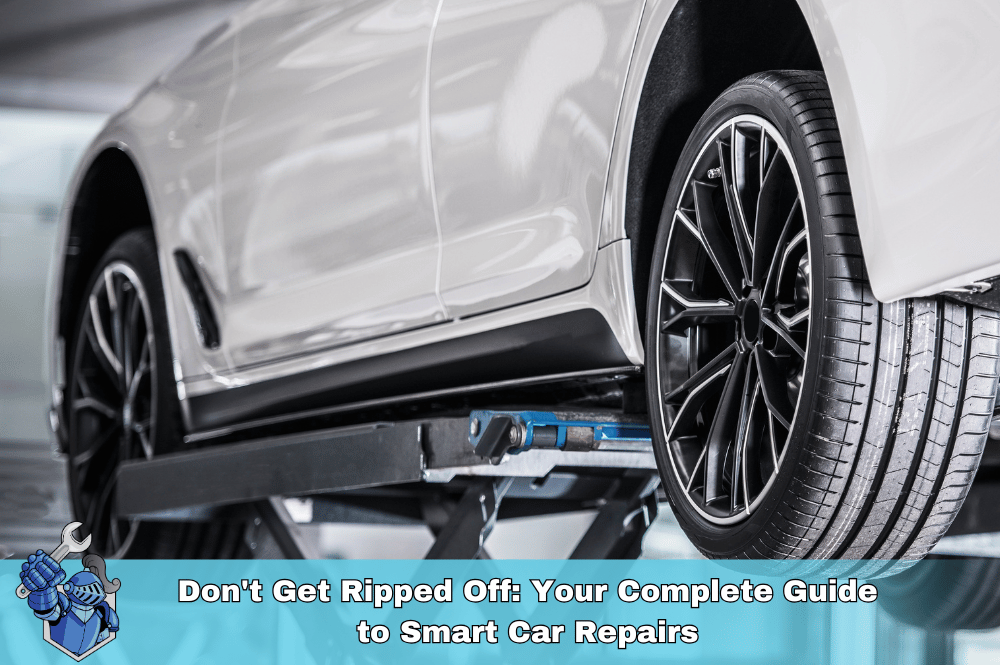 Don't Get Ripped Off: Your Complete Guide to Smart Car Repairs
Don't Get Ripped Off: Your Complete Guide to Smart Car Repairs Cash vs. Car Loan: Which is Right for Your Next Vehicle Purchase?
Cash vs. Car Loan: Which is Right for Your Next Vehicle Purchase?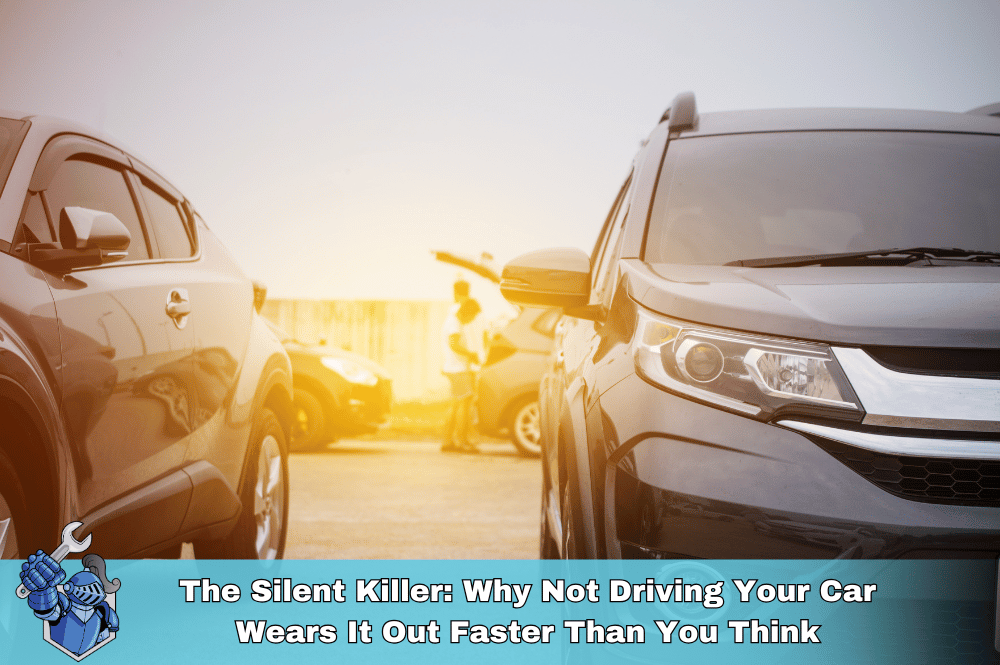 The Silent Killer: Why Not Driving Your Car Wears It Out Faster Than You Think
The Silent Killer: Why Not Driving Your Car Wears It Out Faster Than You Think The New Land Rover Defender: Redefining Rugged Luxury (Your Ultimate Review & Buying Guide)
The New Land Rover Defender: Redefining Rugged Luxury (Your Ultimate Review & Buying Guide) The Ultimate 2025 Hyundai Santa Fe Review: Your Complete Buyer’s Guide
The Ultimate 2025 Hyundai Santa Fe Review: Your Complete Buyer’s Guide Beyond the Basics: Unpacking AIG's Elite Auto Insurance for High-Net-Worth Drivers
Beyond the Basics: Unpacking AIG's Elite Auto Insurance for High-Net-Worth Drivers The Repair Shop Rejection Reflex: Why Customers Say No to Essential Car Fixes
The Repair Shop Rejection Reflex: Why Customers Say No to Essential Car Fixes Rolls-Royce Cullinan Review: Is This the World's Ultimate Luxury SUV?
Rolls-Royce Cullinan Review: Is This the World's Ultimate Luxury SUV? Amica Auto Insurance Review 2025: Unpacking Value, Dividends, and Why It Consistently Ranks #1 for Service
Amica Auto Insurance Review 2025: Unpacking Value, Dividends, and Why It Consistently Ranks #1 for Service Get Your Price Instantly: The Smart Way to Buy & Manage Your Car's Extended Warranty Online with NobleQuote
Get Your Price Instantly: The Smart Way to Buy & Manage Your Car's Extended Warranty Online with NobleQuote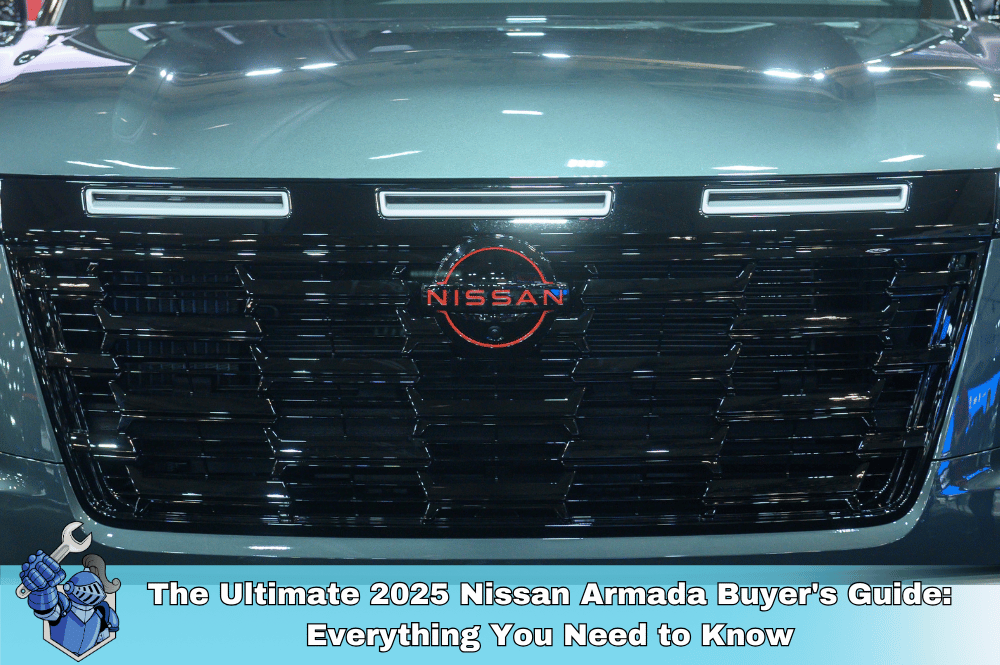 The Ultimate 2025 Nissan Armada Buyer's Guide: Everything You Need to Know
The Ultimate 2025 Nissan Armada Buyer's Guide: Everything You Need to Know The Ultimate Guide to Home Warranty Plumbing Coverage: What's Covered, What's Not, and Why It Matters
The Ultimate Guide to Home Warranty Plumbing Coverage: What's Covered, What's Not, and Why It Matters Rideshare Safety Unlocked: The Ultimate Guide to Secure Uber & Lyft Rides
Rideshare Safety Unlocked: The Ultimate Guide to Secure Uber & Lyft Rides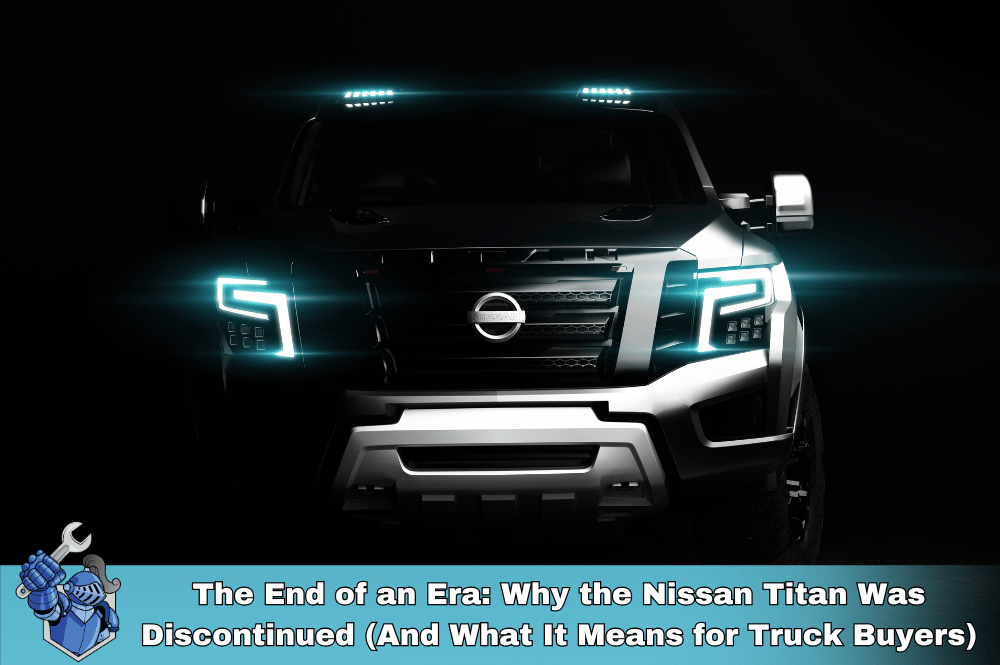 The End of an Era: Why the Nissan Titan Was Discontinued (And What It Means for Truck Buyers)
The End of an Era: Why the Nissan Titan Was Discontinued (And What It Means for Truck Buyers) Drive: The Ryan Gosling Movie That Defined a Generation of Car Culture
Drive: The Ryan Gosling Movie That Defined a Generation of Car Culture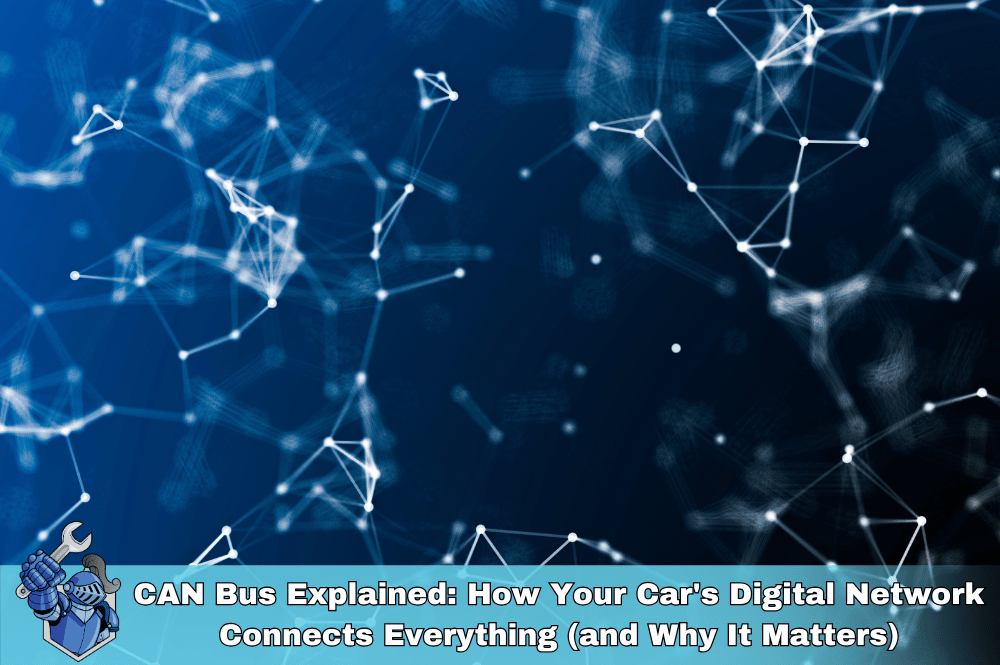 CAN Bus Explained: How Your Car's Digital Network Connects Everything (and Why It Matters)
CAN Bus Explained: How Your Car's Digital Network Connects Everything (and Why It Matters) The Ultimate Guide to the 2025 Jaguar F-Pace: Performance, Luxury & Value
The Ultimate Guide to the 2025 Jaguar F-Pace: Performance, Luxury & Value Confessions of a Car Salesperson: What They Don’t Want You to Know (And How to Use It to Your Advantage)
Confessions of a Car Salesperson: What They Don’t Want You to Know (And How to Use It to Your Advantage) Water Damage & Your Home Warranty: Understanding What's Truly Covered (and What Isn't!)
Water Damage & Your Home Warranty: Understanding What's Truly Covered (and What Isn't!)